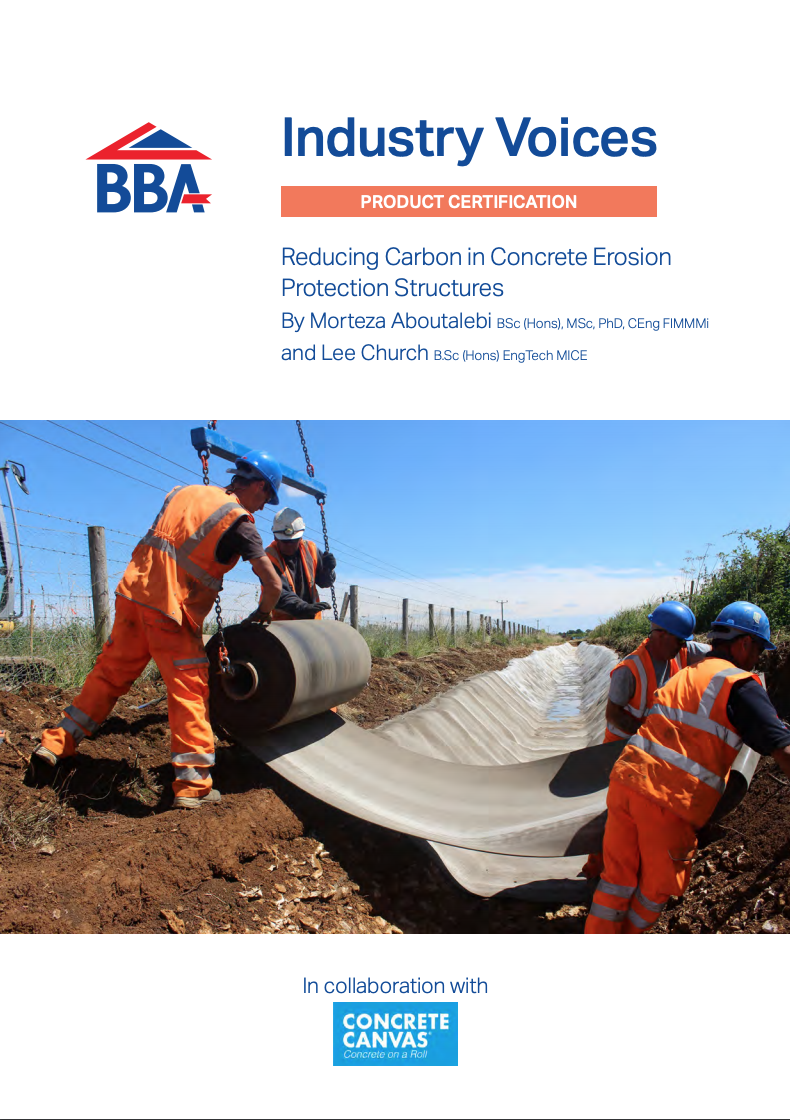Durability and Aesthetic Testing
Whether due to weather conditions or human activity, products and systems exposed to outdoor influences naturally need to be subject to rigorous testing to make sure they can stand the test of time. Our experts use state-of-the-art equipment to test products for quality and strength, making sure they conform to the highest standards.
We use thermal stress, frost weathering, air pressure, salt crystallisation or accelerated UV exposure as ageing techniques.
Masonry bricks and blocks, concrete, stone, metals, timber, plastics, bitumen-based or composite materials are exposed to the same agents that are breaking down natural materials in-situ.
Tests are undertaken before and after the ageing processes to assess whether a discrete component or a system remains functional without requiring repairs or replacement. We also compare performance and aesthetic losses when faced with the challenges of normal operation over the product’s design lifetime, measuring the durability in accordance to its field of application (years of life, hours of use or operational cycles).
Tests we do to support Durability and Aesthetic testing:
Solar panel Systems:
- Wind uplift: MCS 012:2016; BS EN 14437:2004
- Weathertightness: MCS 012:2016
Bitumen, plastic and rubber flexible sheets:
- Water tightness: BS EN 1928:2000
- Water pressure: Network Rail NR/L3/CIV/041: Issue 3
- Water penetration: HAPAS Guidelines
- Water vapour transmission: BS EN 1931:2000
Waterproofing systems for bridge decks:
- Chloride ion penetration, Freeze/Thaw, Crack cycling, ageing, exposure to fuel oil/bitumen: Network rail NR/L3/CIV/041
- Ultra violet light: BS EN ISO 16474:2013
Water-resistance on cavity walls: Internal BBA water resistance testing scheme
- Hygrothermal behaviour in EWI systems: ETAG 004:2013
Windows and doors:
- Wind resistance: BS EN 12211:2016
- Thermal cycling: BS 8529:2010
- Mechanical wear (endurance tests): PAS 24:2016
- Corrosion tests: BS EN ISO 9227:2012 (salt spraying)

